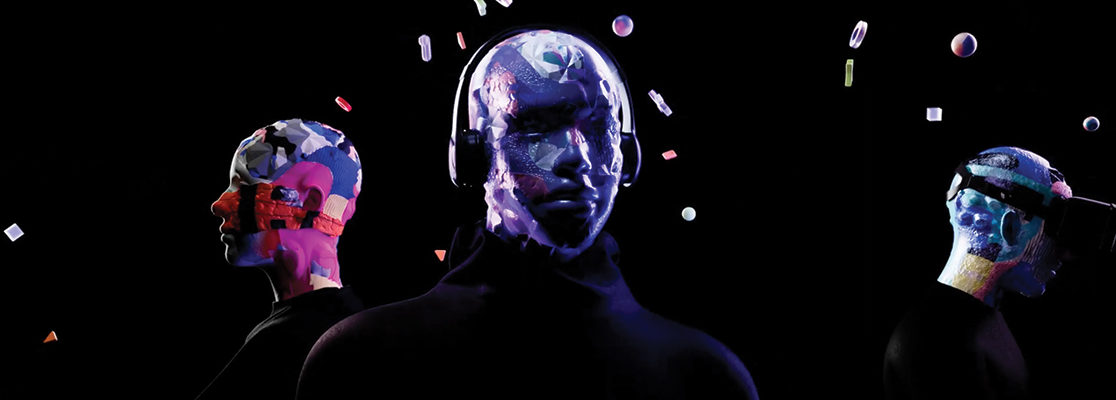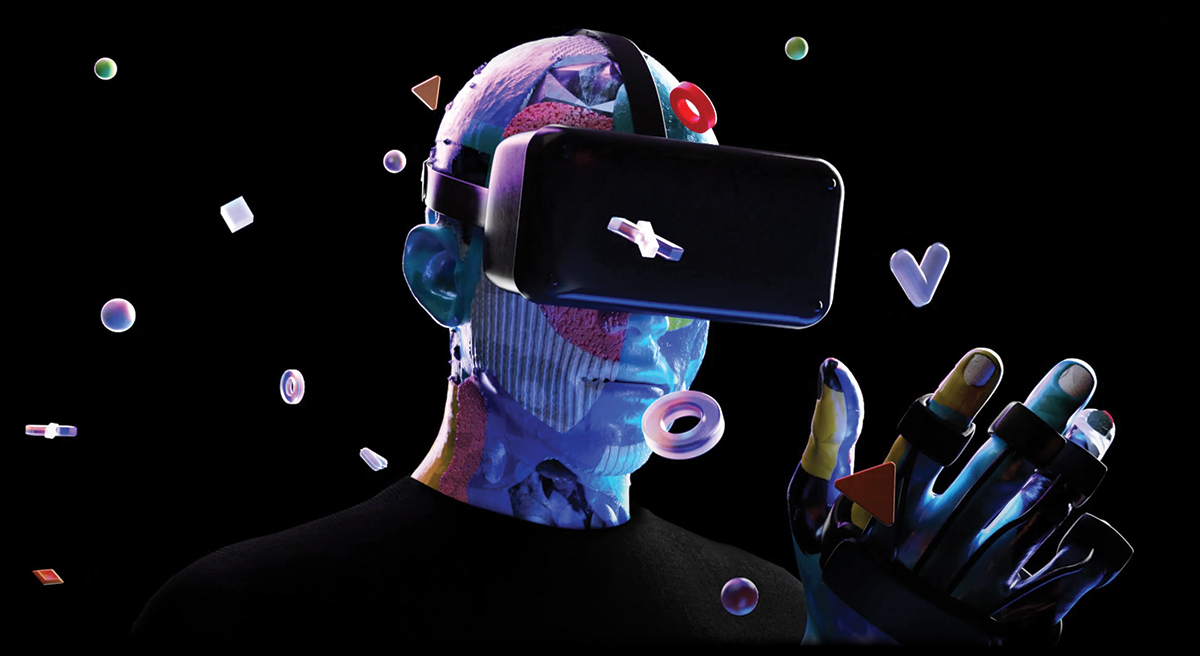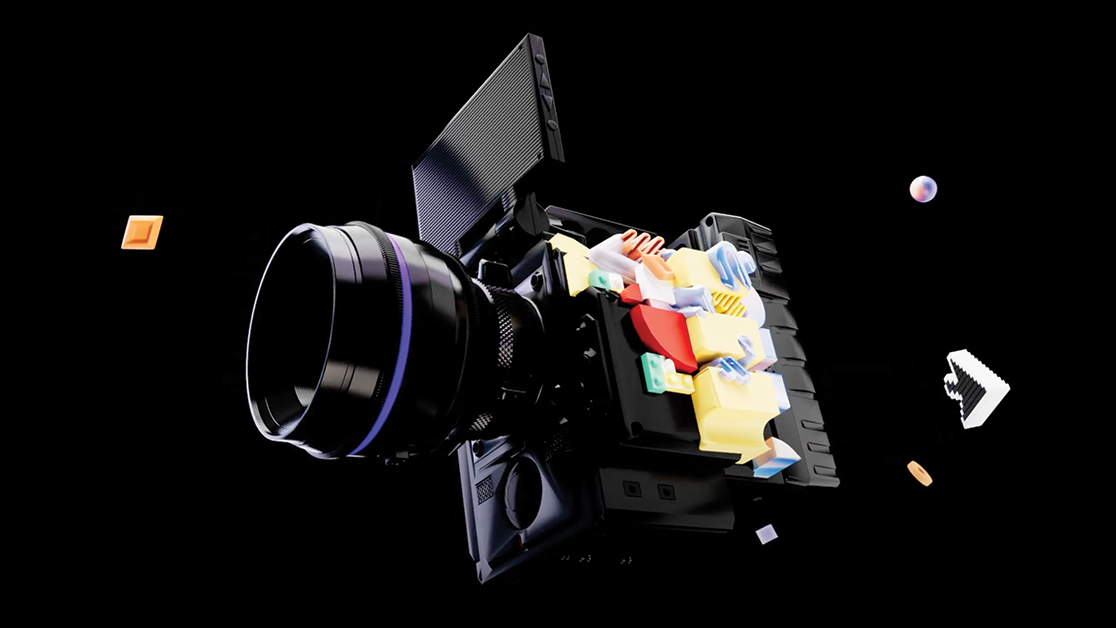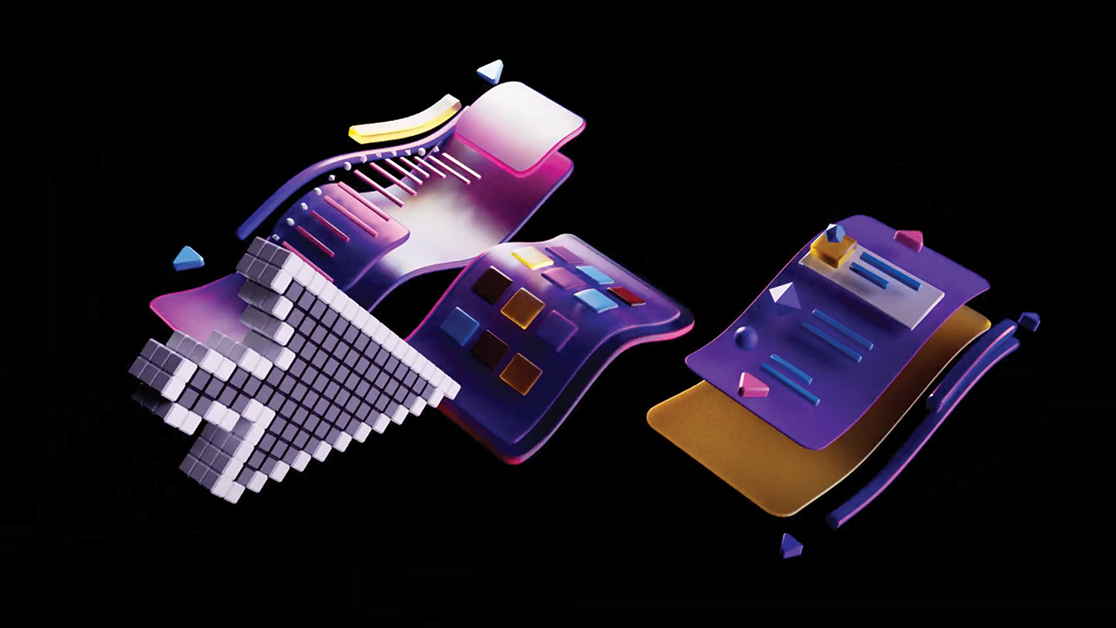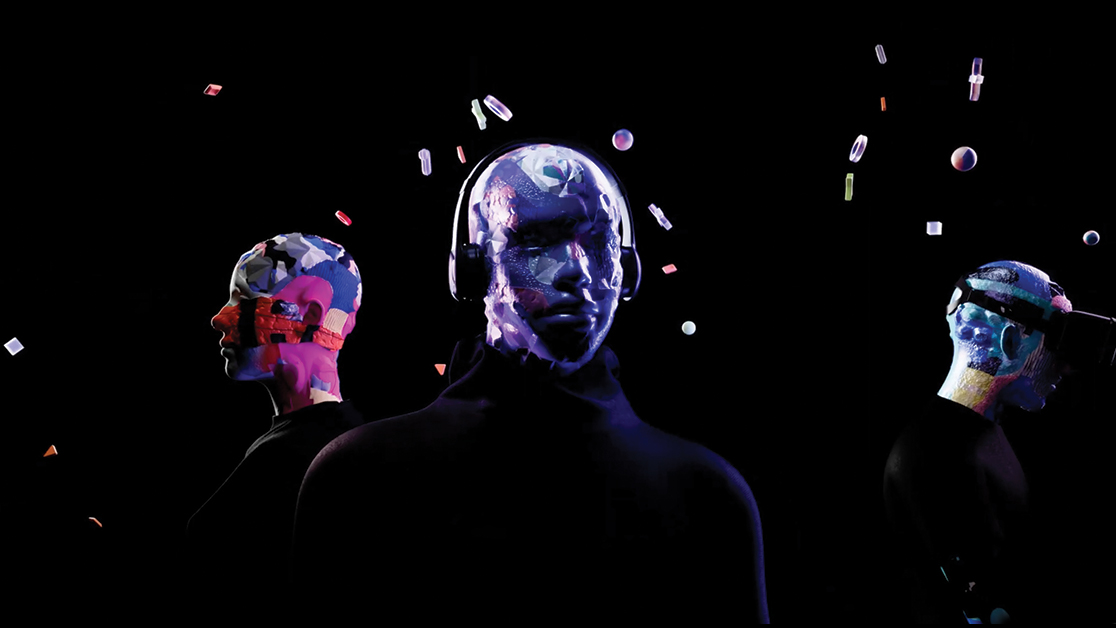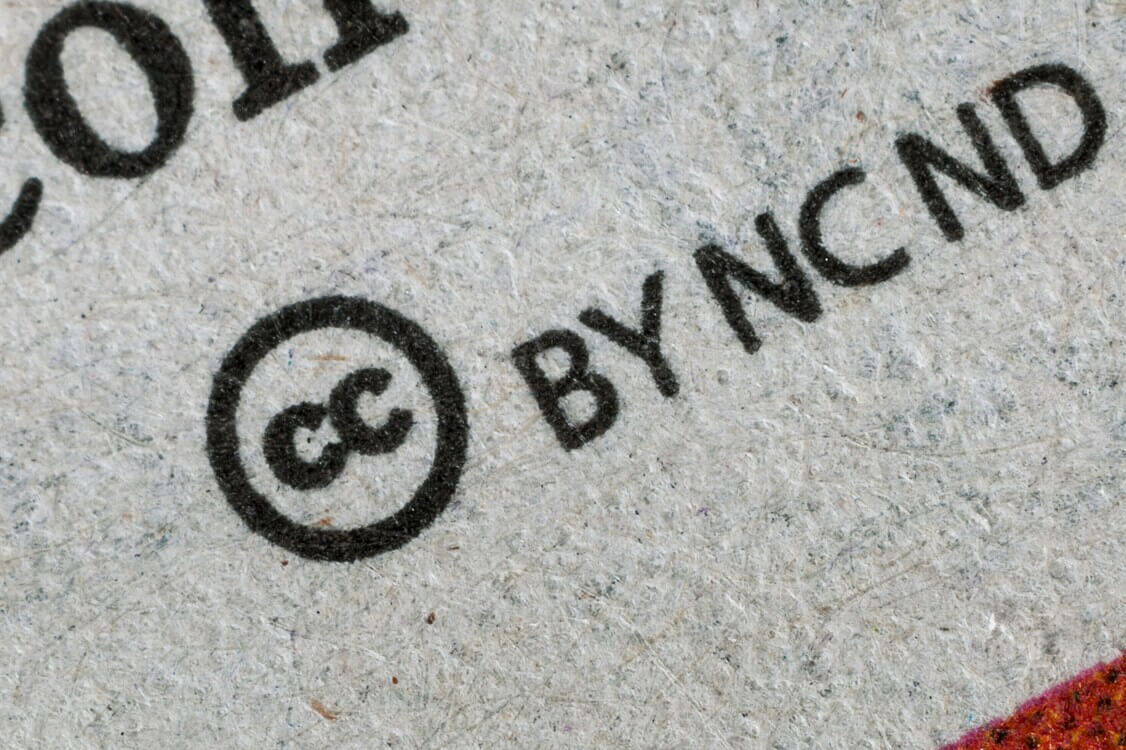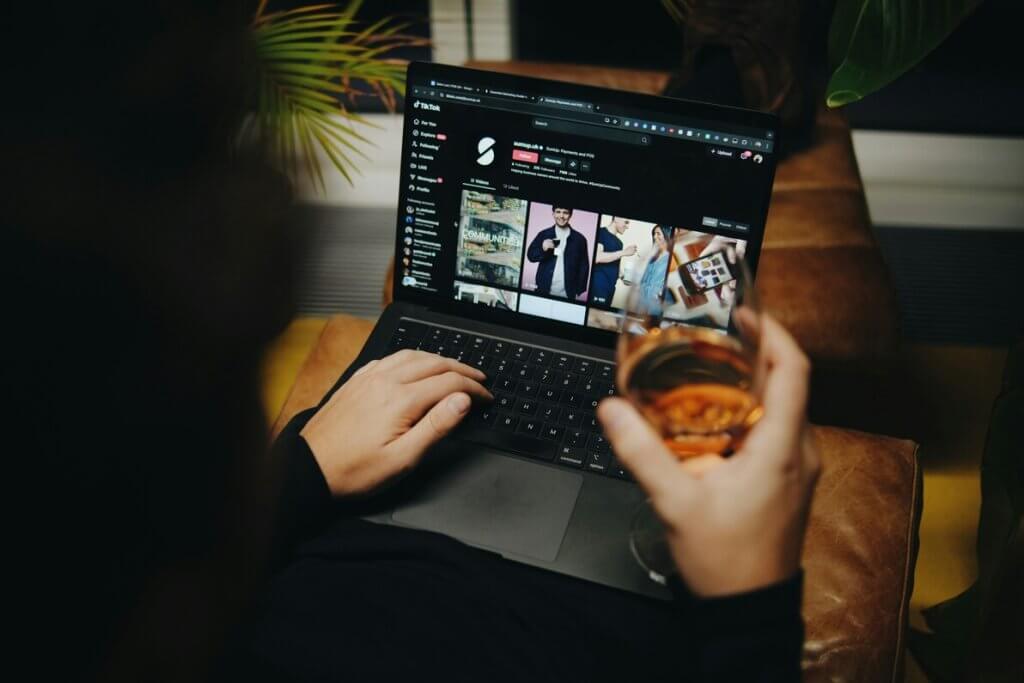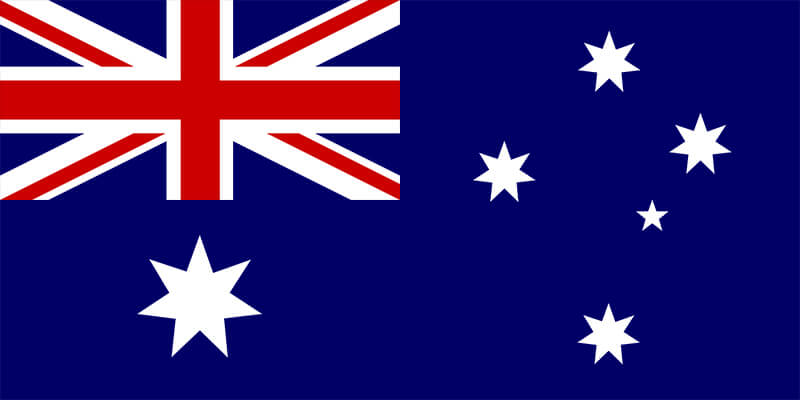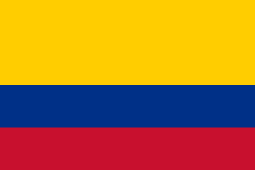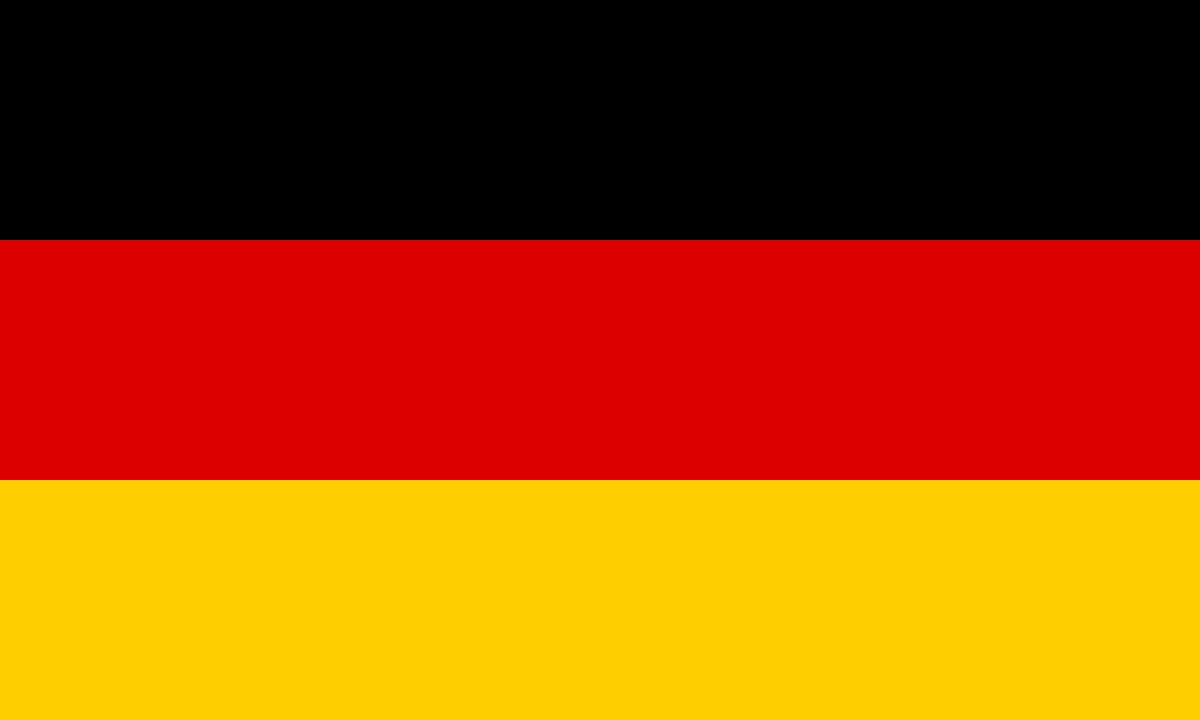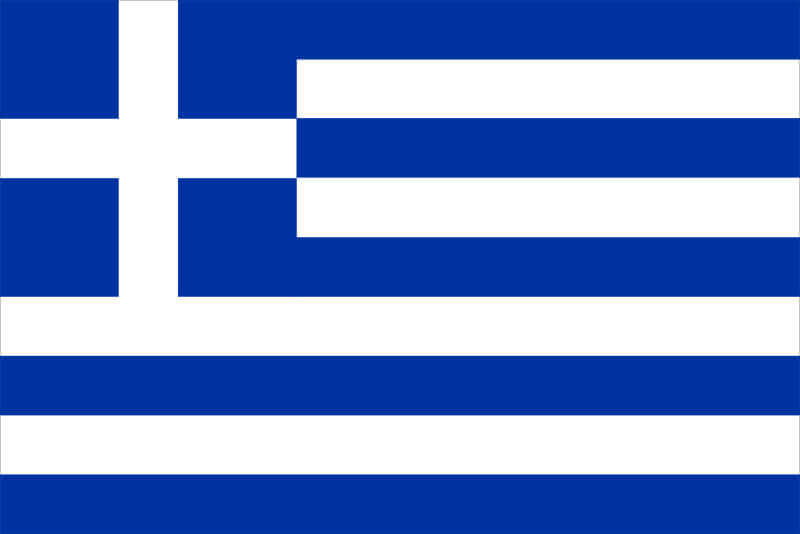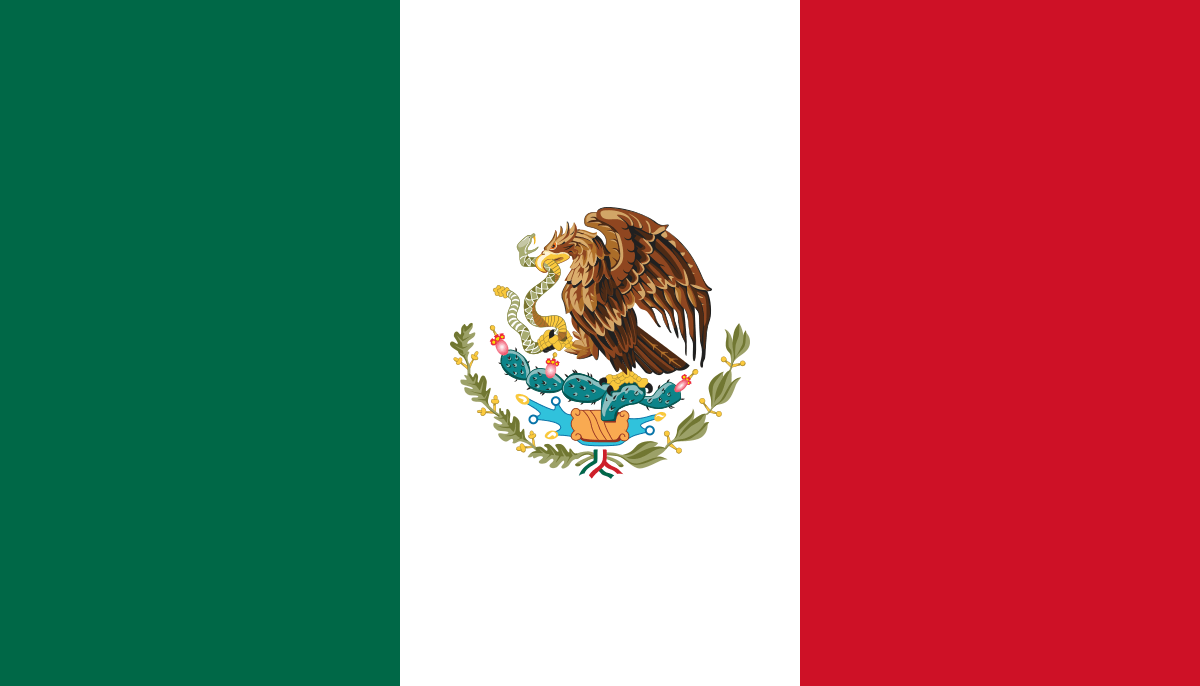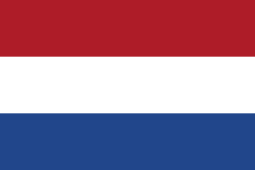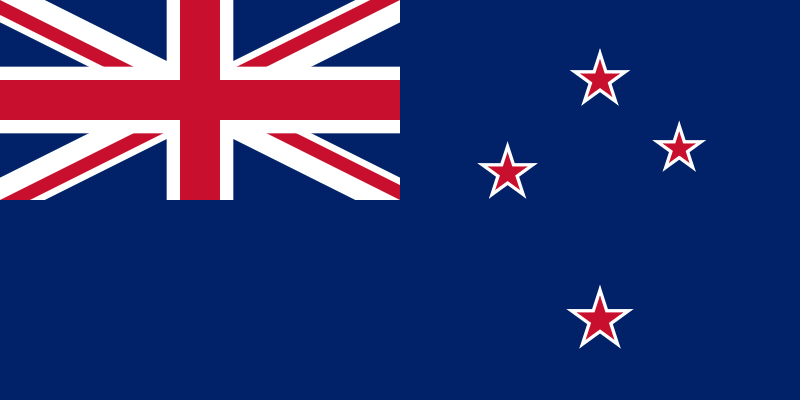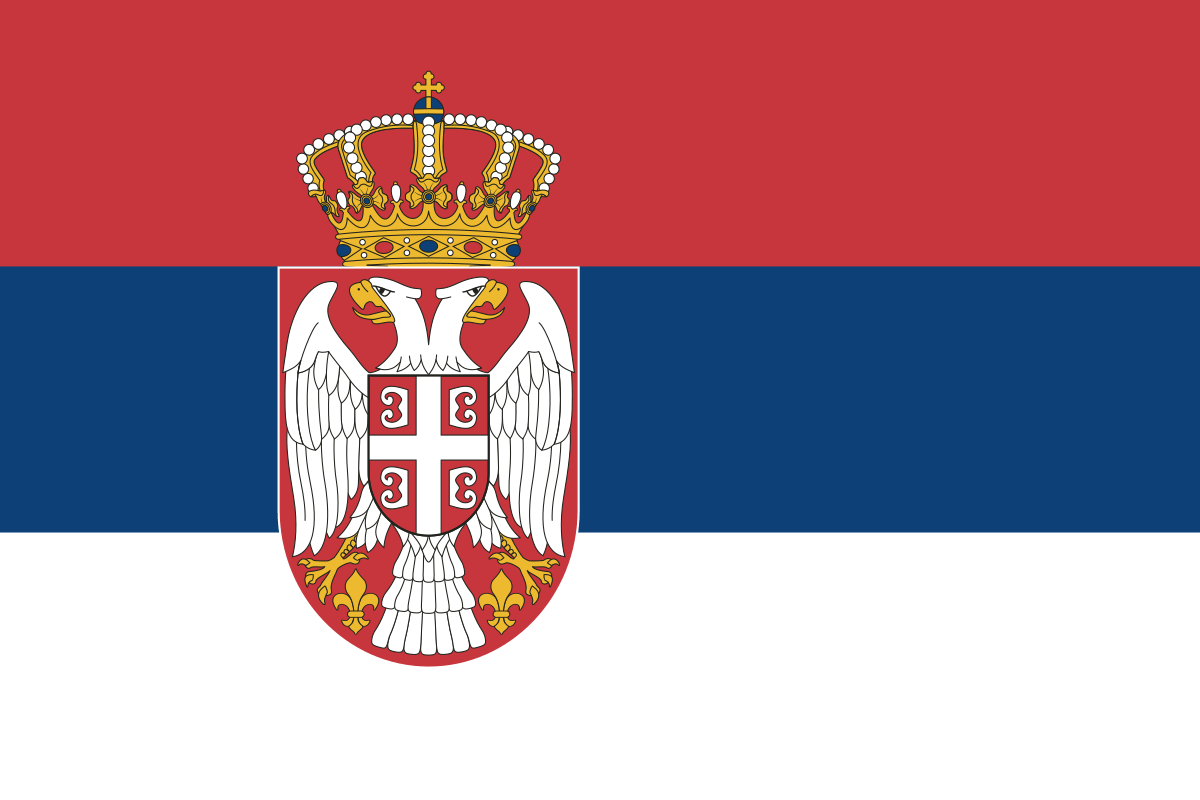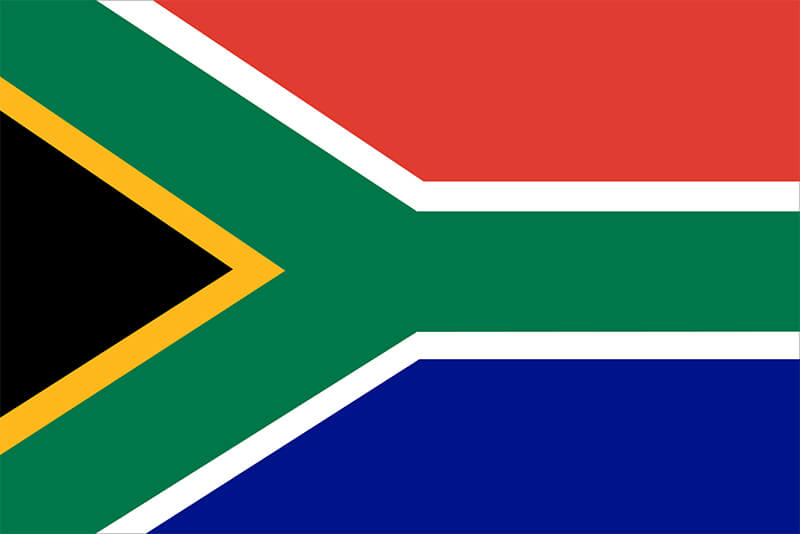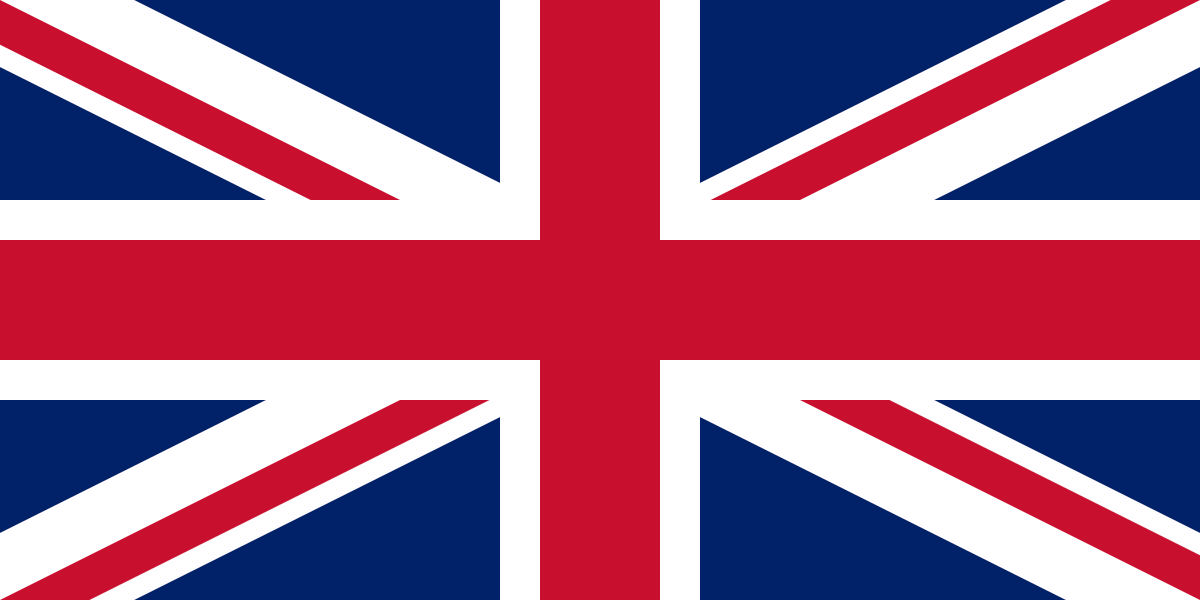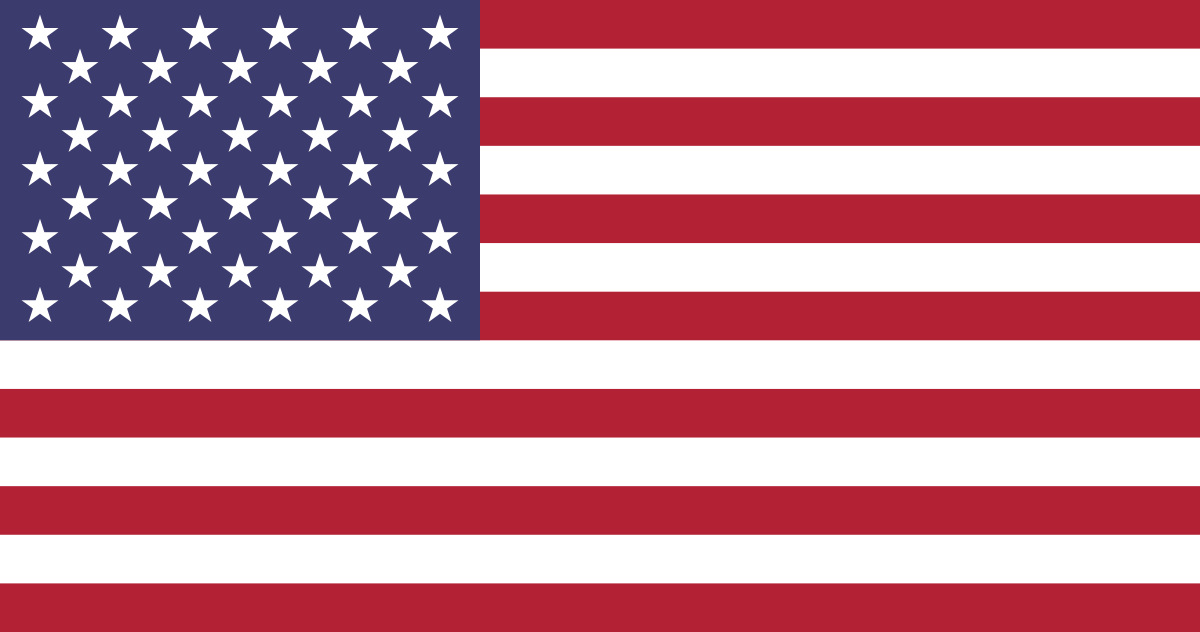The digital age has created unique challenges for copyright and intellectual property (IP) rights. With emerging technologies and platforms constantly appearing, the sophistication of digital rights management needs to advance to manage them.
Amid this shifting landscape, IP rights, including copyrights, trademarks, patents, licensing agreements and trade secrets surrounding digital innovations, ensure that creators and businesses can play a crucial role in managing the use of their original content.
The aim is to prevent copyright infringement and digital piracy or any legal issues arising from the unauthorised copying or exploitation of artistic works.
Studying a course such as SAE’s Content Creation and Online Marketing degree will help aspiring content professionals get to grips with legal frameworks, gain knowledge of best practices for mitigating risks of online piracy and on the internet. Read our blog for more insights and practical tips around IP protection, copyright infringement and how to prevent unauthorised copying – if you’re looking to join our course, then contact our team now.
What is digital intellectual property?
Digital IP refers to the ownership of intangible creations, and encompasses a wider range of rights alongside copyright.
Included under this umbrella term are trademarks surrounding brand identity including logos, invention patents and confidential information such as business details, deals or agreement. As our economy has moved online, IP plays a vital role in innovation, determining growth, and protecting valuable digital assets.
There are also now new forms of IP that need to be protected including software, databases and algorithms too.
What is copyright?
Copyright is a form of digital IP. In the digital world, it relates to works such as photos, illustrations and other digital creations.
This automatically arises when something is created and ensures creators have exclusive rights to control how their work is used, including the right to copy, distribute and modify. If anyone else wants to do this, then they need to get permission from the copyright holder. The copyright holder can choose to licence the use of their work, for example a music artist can allow a business to use a track as part of an advertising campaign on digital platforms. If this is actioned without permission and there is unauthorised use, then the rights holders can take action to stop this or launch legal action.
Copyright includes economic rights (allowing for compensation when their work is used) and moral rights (protecting the author’s identity and work integrity). These also apply in the digital space too.
Copyright Protection
IP enforcement in the digital marketplace can be complex due to how easy it is to duplicate and distribute digital content. However, doing so is crucial for fostering innovation and economic growth.
There is no registration of copyright works in the UK. In fact, copyright is automatic upon creation. Copyright law can apply to any of the below as with any physical creation:
- Electronic books
- Digital video
- Digital audio
- Graphics
- Websites
Copyright, Designs and Patents Act 1988
Intellectual property law in the UK is governed by the Copyright, Designs and Patents Act 1988, the primary legislation that makes it illegal to use copyrighted works without permission. Computer-generated and digital works, as listed above, are also included within this law’s scope.
Digital Economy Act
The Digital Economy Act 2017 was introduced as a response to the rise of digital technologies. The Act will:
- empower consumers and provide better connectivity so that everyone has access to broadband wherever they live
- build a better infrastructure fit for the digital era
- enable better public services using digital technologies
Copyright Exception
Certain exceptions to copyright exist, such as fair use, which allows limited use of copyrighted material for specific purposes like criticism, research, or teaching. There are also exceptions for non-commercial research and private study.
What is the impact of Artificial intelligence on digital rights management
In digital spaces, copyright considerations revolve around the protection of original works, preventing unauthorised use and ensuring creators are remunerated for their work.
This includes understanding what constitutes copyrightable material, how to obtain permission for using copyrighted works, and the potential consequences of infringement.
The impact of AI on digital spaces has been hotly discussed and has pros and cons. For example, when AI scrapes, downloads, and processes works as a model for its content, this could be considered as infringing on the rights of reproduction.
At the same time, AI can potentially automate certain processes to ensure works are more secure – this includes the tracking and use of IP assets, content watermarking and enforcing use limitations.
Key Considerations for a Comprehensive IP strategy
An IP strategy is a detailed plan outlining how a business company will manage and use its IP to achieve any business aims.
There are various IP aims to help companies achieve their business mission. Key considerations for an IP content strategy include defining clear business goals, understanding the IP landscape, and developing a strong IP portfolio.
It’s also crucial to implement robust documentation, IP protection measures, and enforcement strategies. Moreover, a comprehensive IP strategy should address IP commercialisation and monetisation, ongoing maintenance, employee training, and global considerations.
Some elements to include in a strategy are below:
Registration
While copyright protection is automatic in many countries, registering your copyright can strengthen your legal position and provide evidence of ownership if infringement occurs.
Online notices
Adding a copyright notice to your work (e.g., “Copyright [year] [Your Name]”) signals that your work is protected. This can act as a deterrent to potential infringers.
Platform and country-specific considerations
Different online platforms (e.g., social media, streaming services) and countries/regions may have their own terms and conditions regarding copyright. As a business, content creator or even user, it’s important to understand how they handle copyright issues on their platform
Potential digital content copyright infringement
There are various examples of copyright infringement with online content. From domain names to brands names and trademarks, it’s important for businesses and organisations to know when their copyright has been invaded and when enforcing intellectual property rights is the right thing to do.
- Sharing copyrighted photos on social media without permission.
- Distributing unauthorised copies of music or video files.
- Using copyrighted images or text in a website or blog without obtaining a license.
- Developing a video game based on a copyrighted character or story without permission.
- Training AI models on copyrighted datasets without permission
It’s clear that copyright and IP are entering a new chapter as the use of artificial intelligence becomes increasingly prevalent in our daily lives. With the world now being driven by technologies, copyright legislation will likely evolve to keep up with the changes of authorship and automation. Watch this space…
Study Content Creation and Online Marketing at SAE
Developing content that connects with audiences can be essential in today’s digital age for businesses and leading professionals.
With our expert team, leading facilities and creative community, studying our course in content creation and digital marketing can offer you a fantastic opportunity to take your career in digital marketing to the next level.




